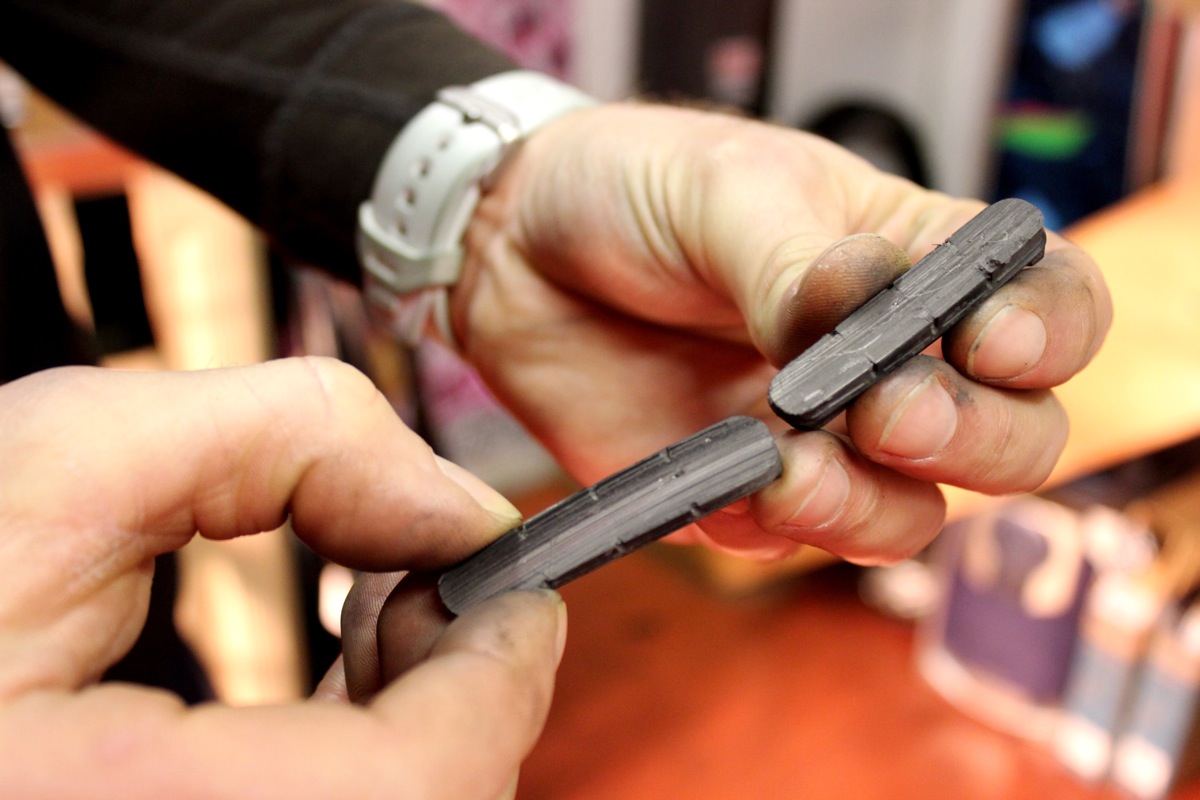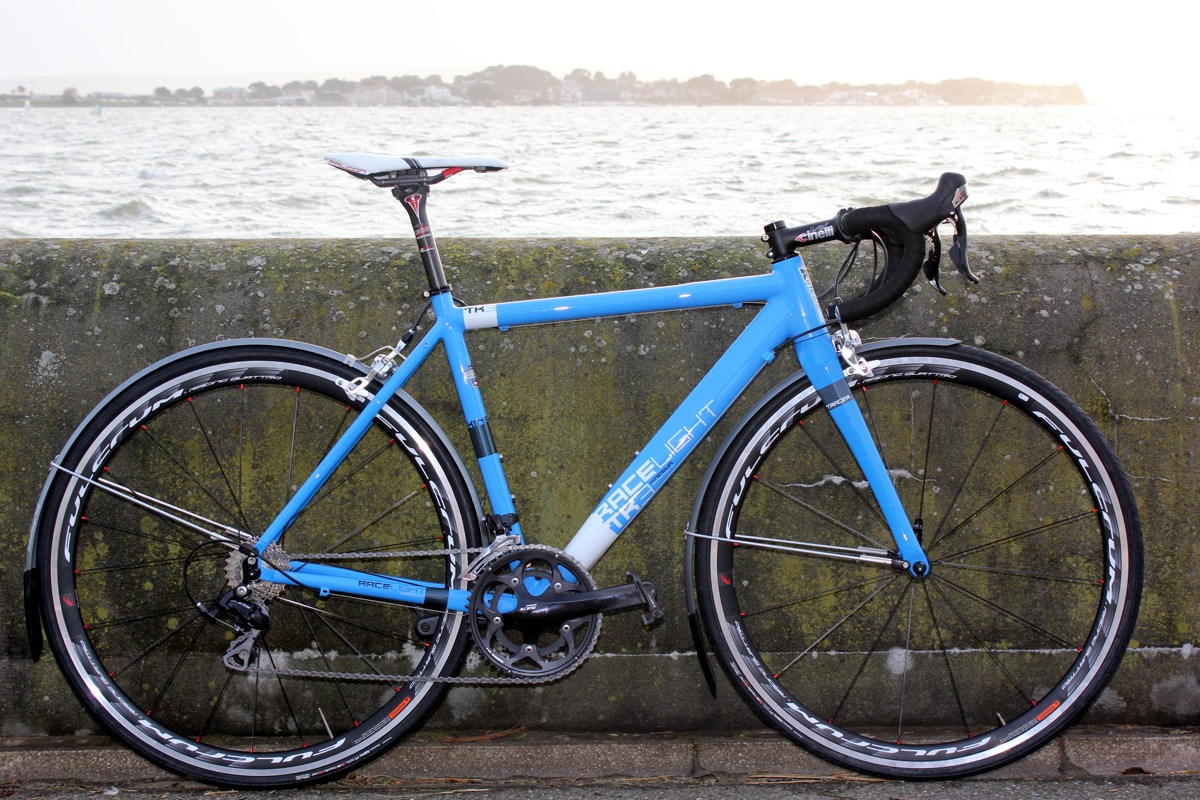Cost cutting
-
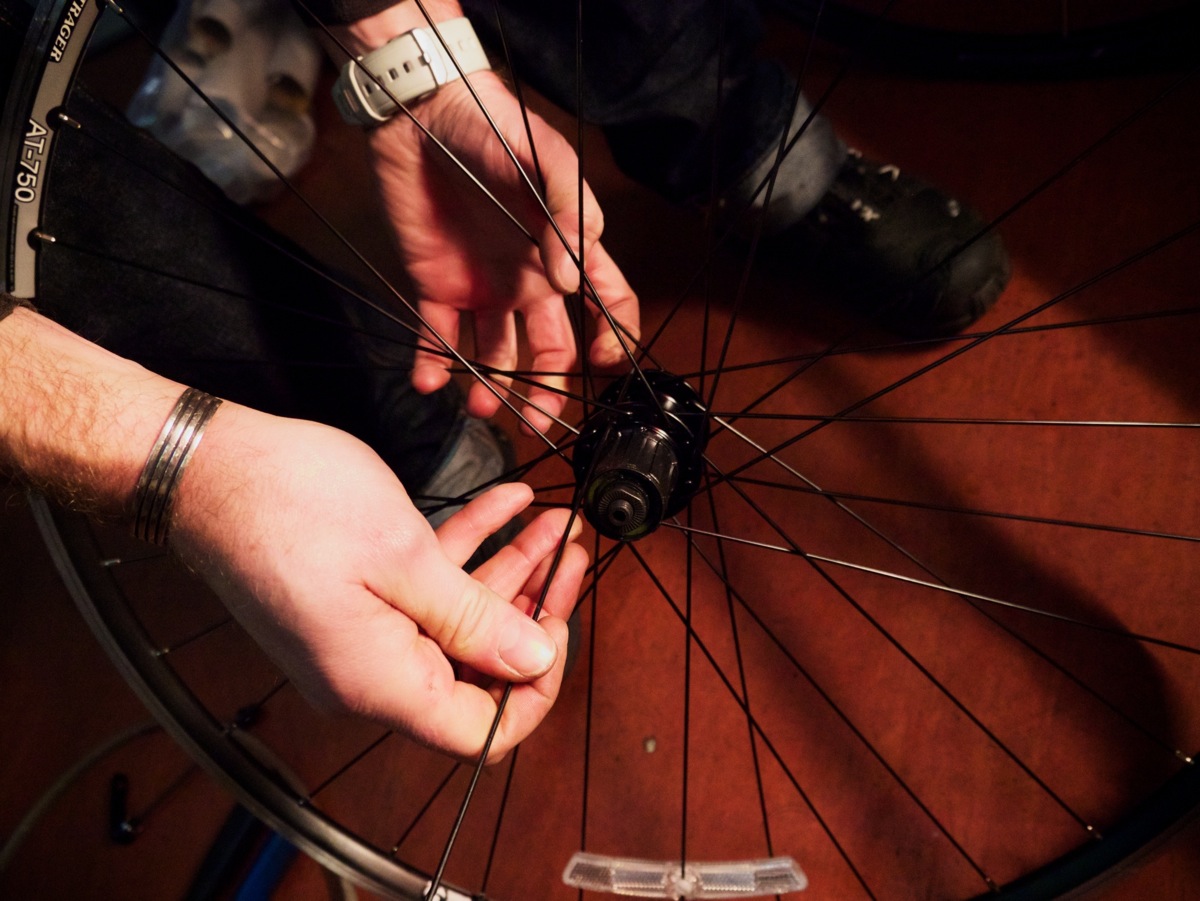
A broken spoke is relatively to fix with the right tools
-
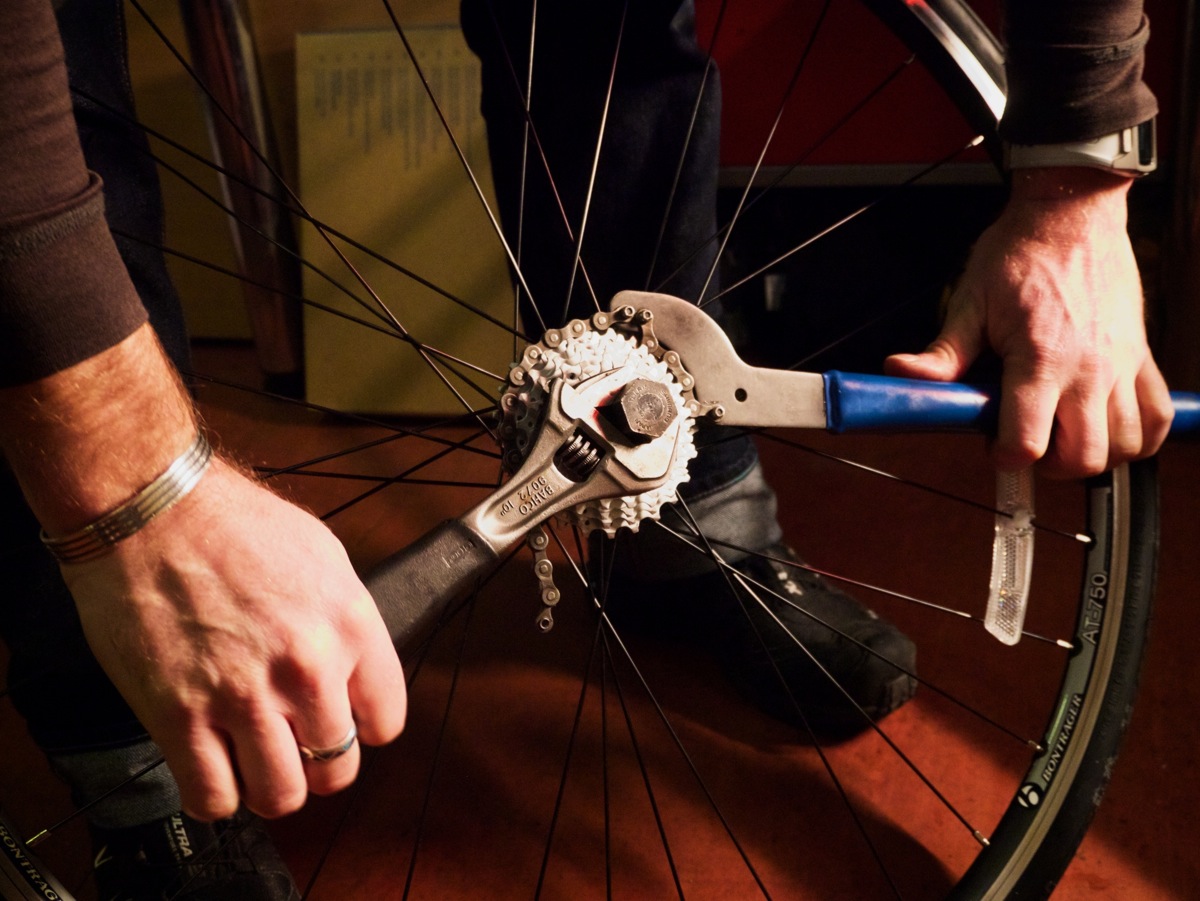
A chainwhip holds the cassette in place while the wrench and cassette tool is applied to remove the lockring
-
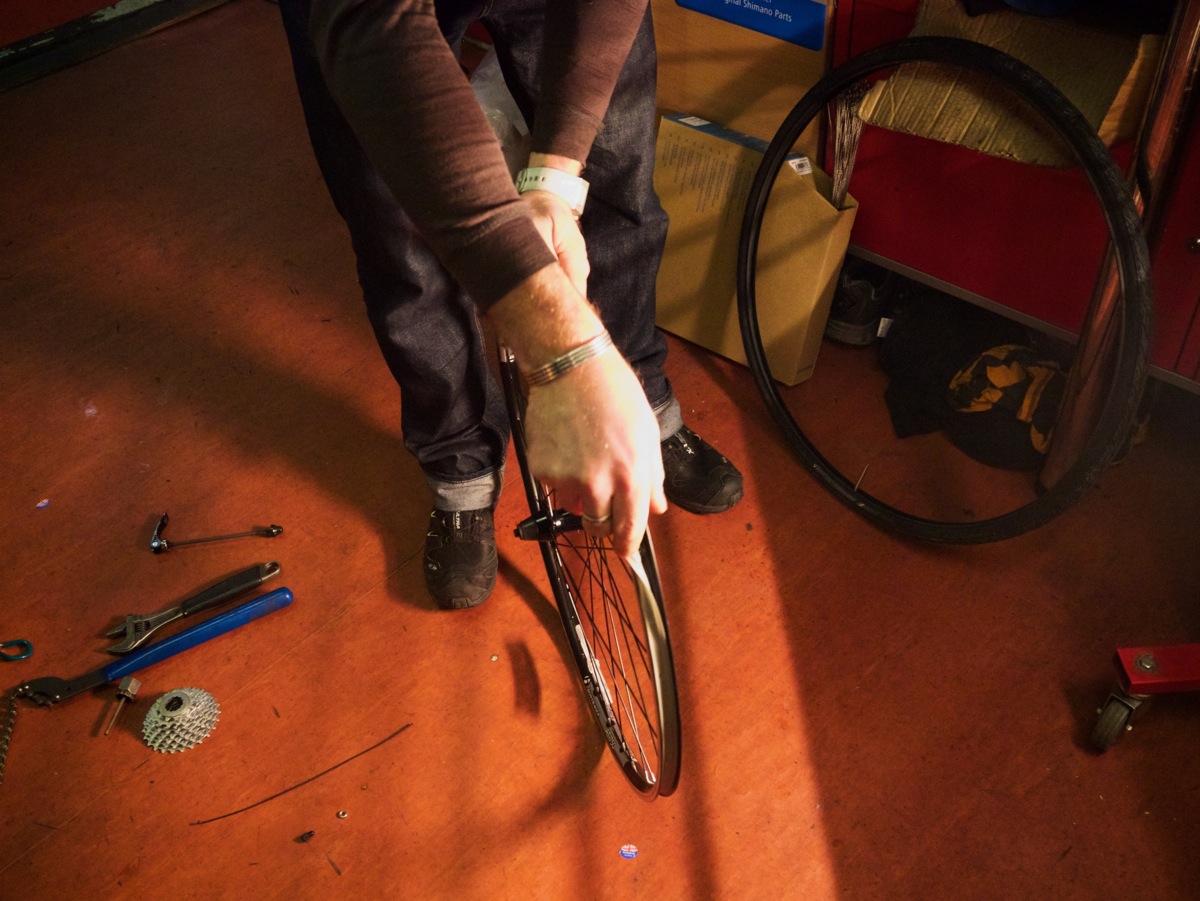
Remove the rim tape to gain access to the spoke nipples
-
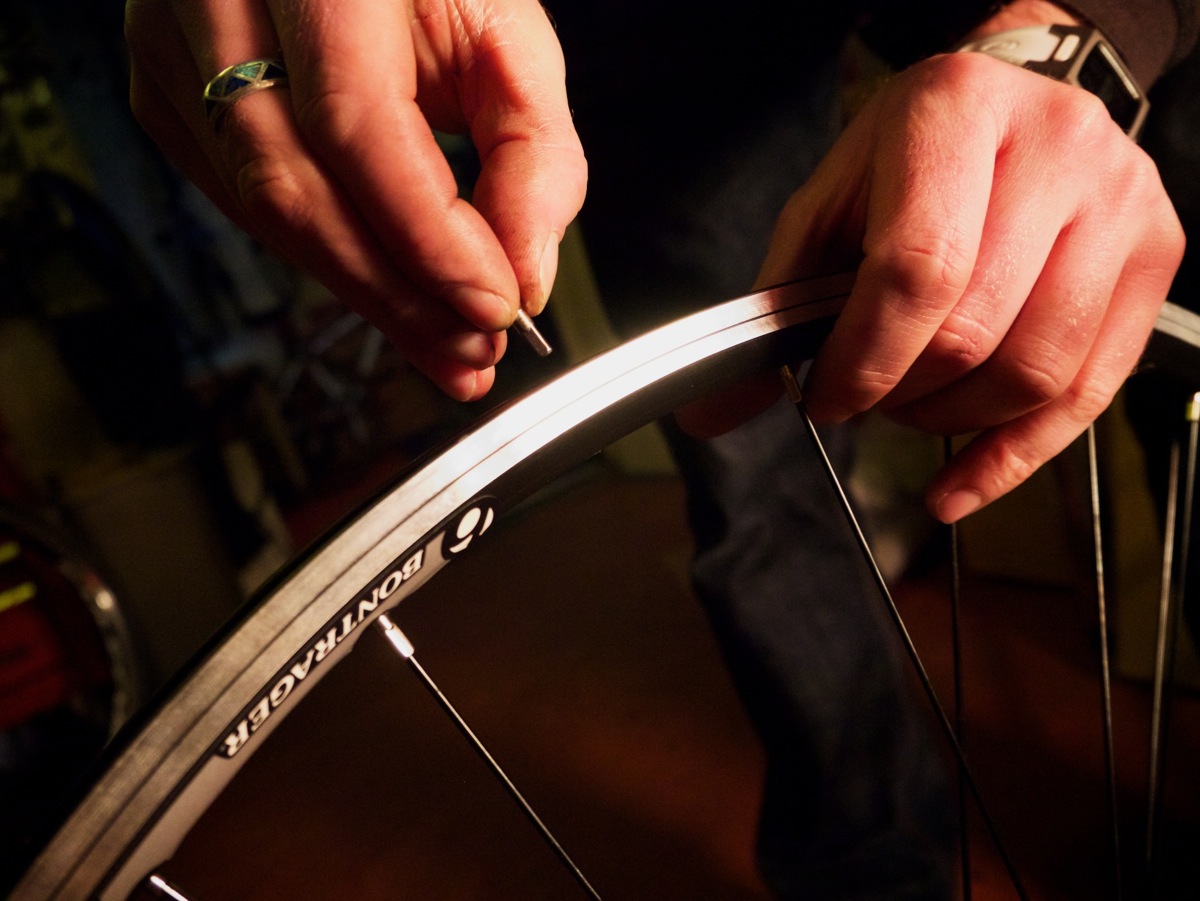
Be extremely careful when placing the nipple in the rim
-
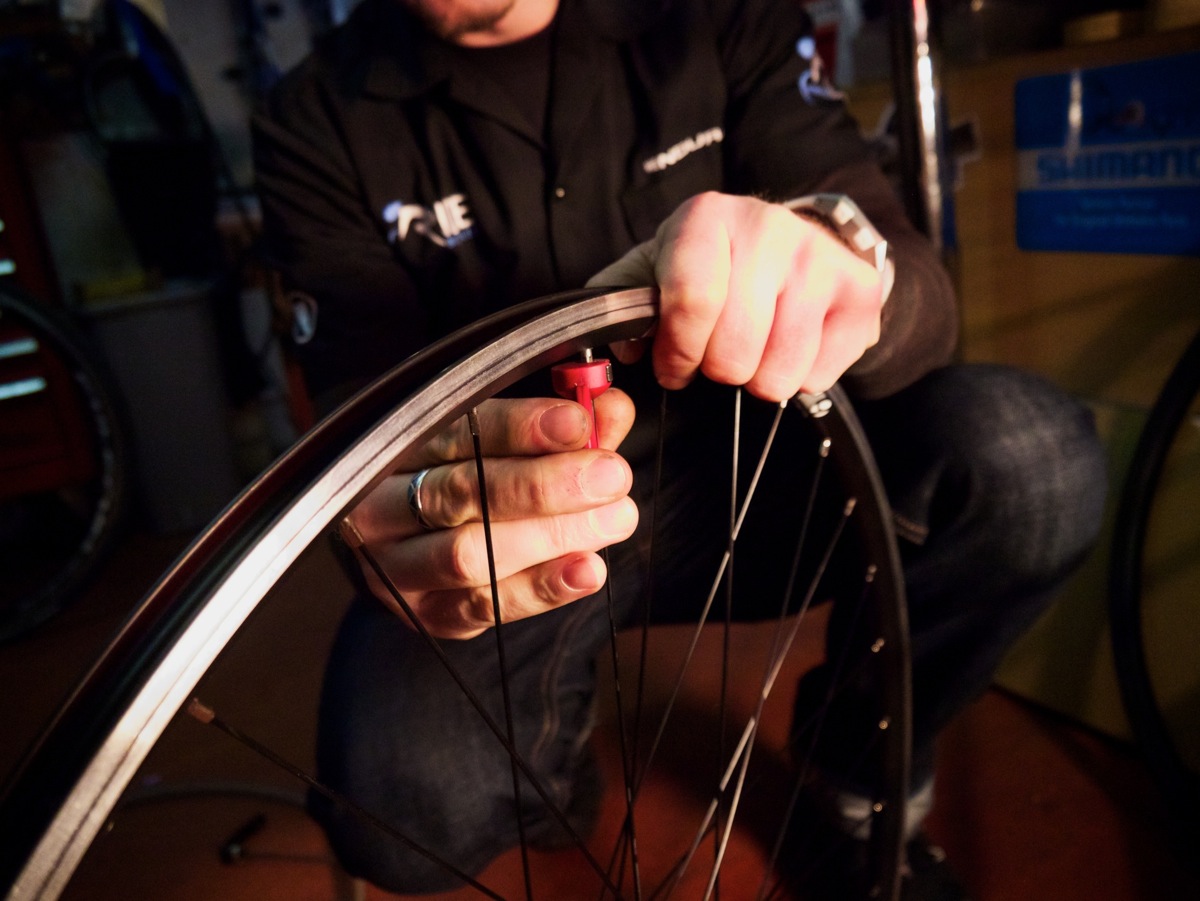
Use a spoke key to bring the replacement spoke up to tension
-
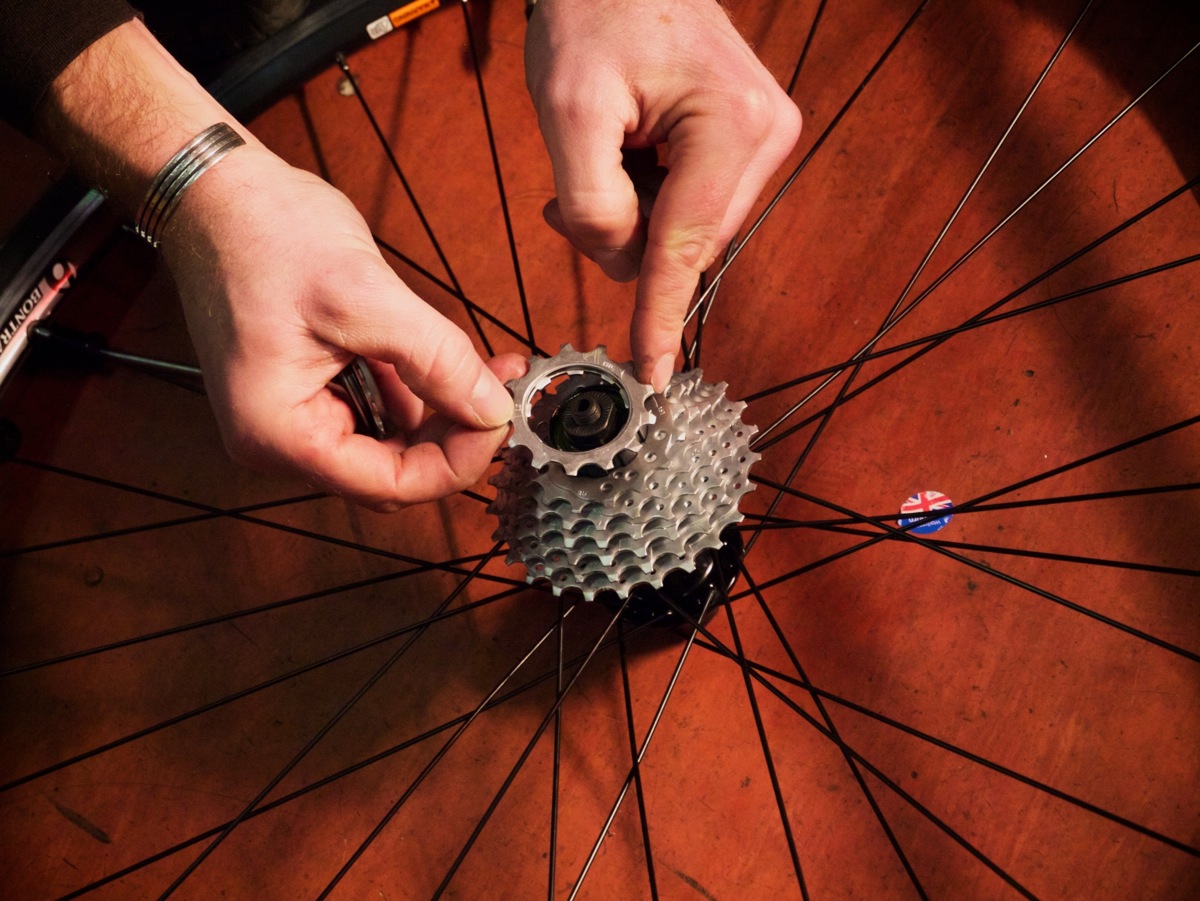
Ensure the spacers are replaced correctly before tightening the lock ring
-
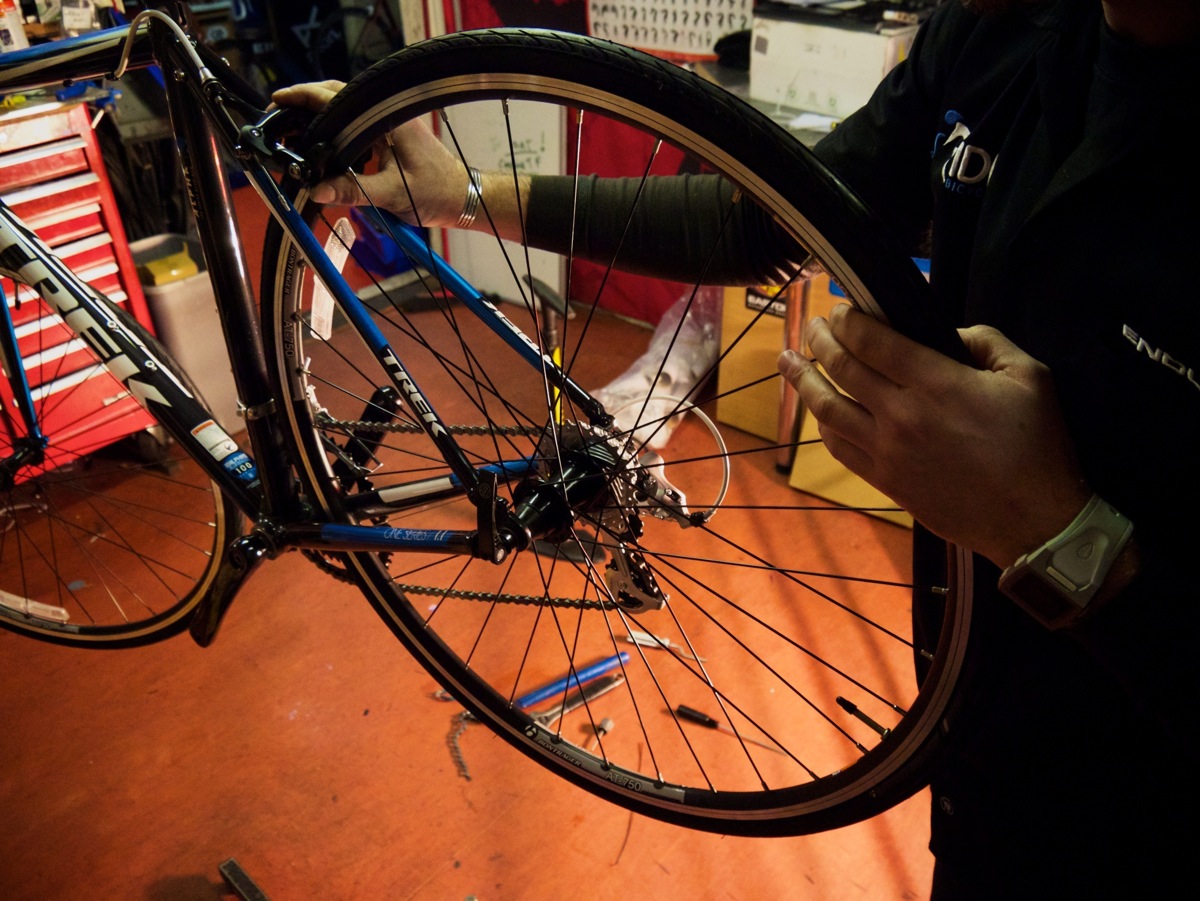
Check the function of the brake and the gears when replacing a trued wheel
Cost cutting
Replacing a broken spoke is a simple task and one that can save a not insignificant sum paying for the services of a professional.
While it’s possible to break a spoke at any time of the year, winter makes it a more likely occurrence. Corrosion from road salt, obstacles hidden by water and debris, such as a water-filled pothole, and the typical use of heavier equipment all place greater stress on wheels.
We spoke to Jon Hayes, mechanic at independent bike shop, Ride, about replacing a broken spoke on the driveside of the rear wheel: the worst case scenario when it comes to broken spokes.
A broken spoke is most likely to occur at the ‘elbow’ (the bend that that secures it to the hub flange) or at the nipple. In the case of the latter, the nipple is likely to have failed, rather than spoke.
Additionally, the greater tension placed by the dish of the wheel onto the driveside, and the potential for damage from poorly-aligned gears causing shifts into the wheel, increases the likelihood of spoke damage.
The tools required include a cassette removal tool, a wrench with which to turn it, a chain whip to prevent the cassette from spinning while unscrewing it from the freehub body, tyre levers, and a spoke key.




